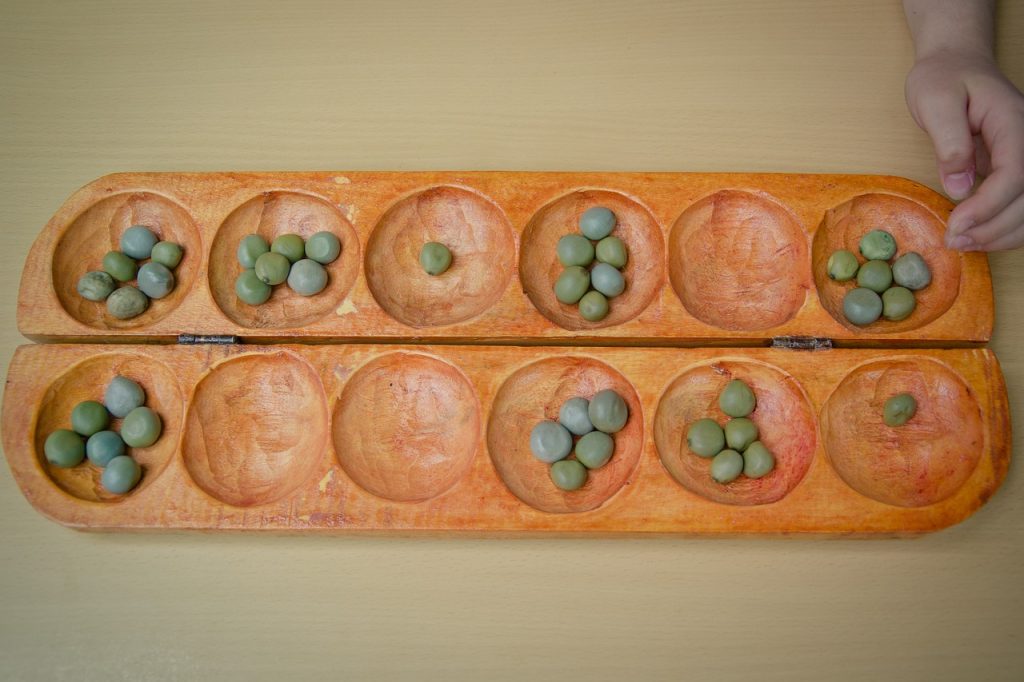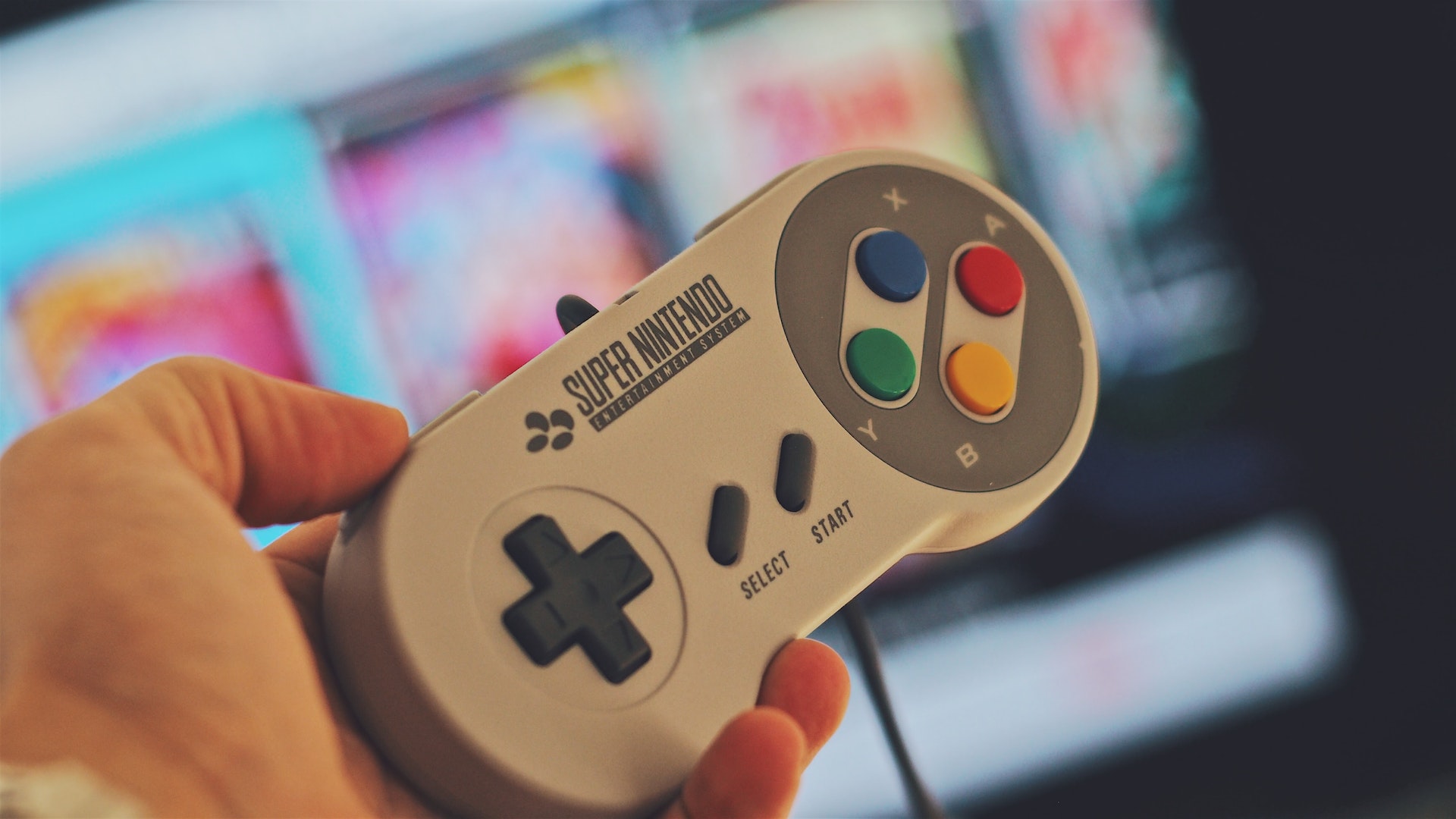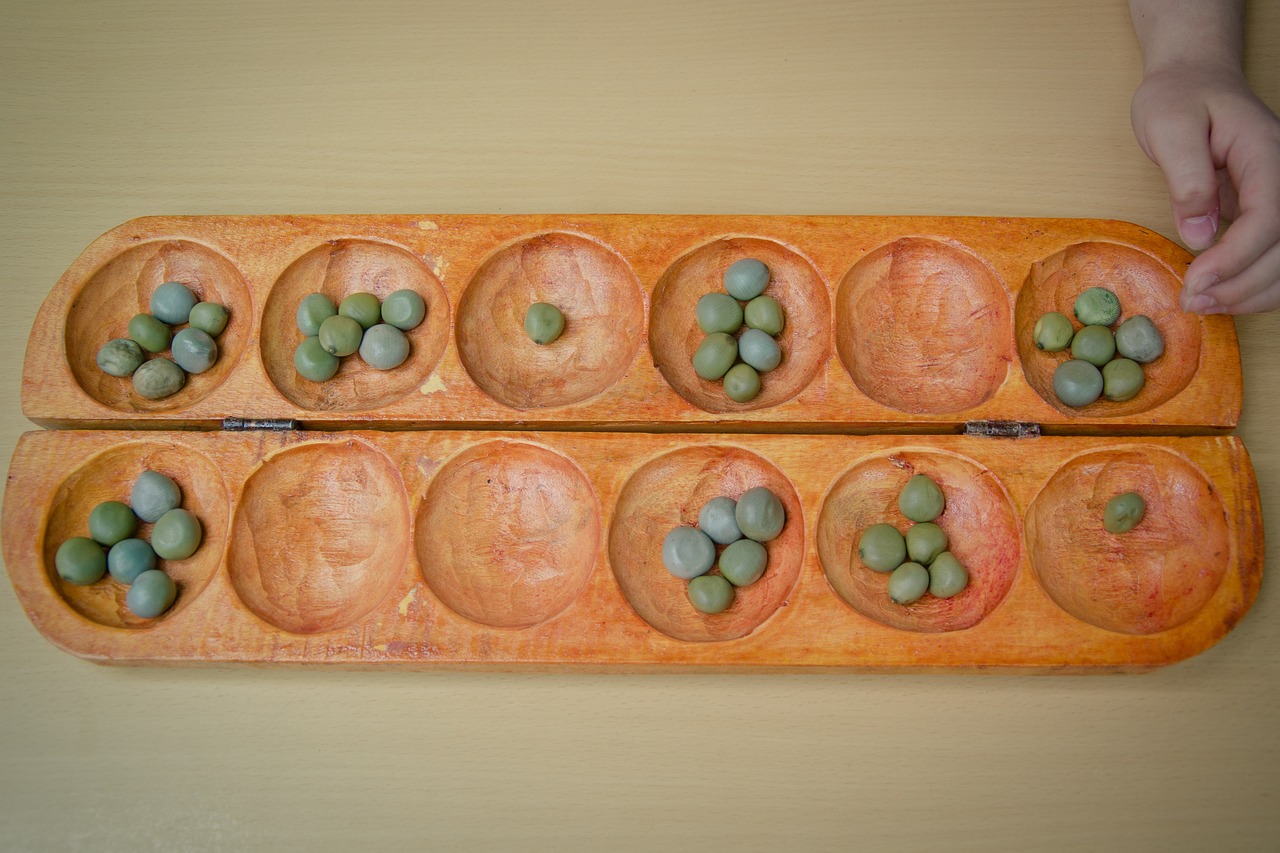Mancala, an old and beloved classic game, is still loved and widely played today. Learn the rules for this legendary game.
Mancala is an old game. A Ghazal in Jordan, where the most aged Mancala boards were discovered on the floor of a Neolithic dwelling, is where they were found. Although the game’s rules have changed over the centuries, they are the same.
It would be best if you took turns dropping a pebble into the pits to win the mancala game. While you cannot move left or right along the row, you can still capture all stones on your turn until you have no more.
Mancala is also a form of meditation. This strategy game can be played against anyone or alone. It will keep you focused and away from the stress of daily life. This article will explain the history and rules of Mancala. It’s a fun family game that includes math learning for children!

Get Mancala here
From where did the Mancala come?
Archaeologists discovered Mancala games in Aksumite Ethiopian and Yeha dating from 500AD to 700AD. Mancala comes from the Arabic term Naqala which means “to move.” However, there is no clear evidence to support its origin.
Mancala: Rules and how to play
- Each player will take four seeds (or beads) and drop them in the pits at the end of the game. Each player will take four sources from two rows, one on each side.
- You need to continue playing until all your seeds are gone. You can now place them in any hole with at least one source.
- Your opponent should place one seed in the pit if you have three sources. They should accept all two bases.
- Pay attention to your opponent’s moves during play and anticipate their next moves. You can plan to win or draw.
- To increase your chances of a high-yielding pit, you can place more seeds in that pit at each end of every move. You can continue moving between holes according to strategy to win over your opponent.
- If two seeds are in a hole, the player can take all or just one.
- If you have four seeds in your pit but don’t use them, then you can add one to your next move by adding it on top. Having as many sources in your pit as possible is a good idea.
- A player can take three seeds out of a hole and move the remaining seeds into a neighboring pit. Each player must move all sources simultaneously, even if that means moving four bases simultaneously from two spots. You could be caught out if you roll four seeds at once.
- Players continue to play until they run out or when both players stop playing. It is essential to keep in mind that you can’t put any seed in your hole. This is against the mancala rules.
What materials are used for Mancala?
Mancala game sets are made from many different materials. These include:
Wood and Glass Beads – This primary material is made from simple pieces of natural wood with small holes that allow beads to pass through. Although glass beads are less common than natural wooden, they can still be used in mancala game pieces. Mancala game sets can also include colored glass beads.
Metal and – Some mancalas are made from metal pieces with small holes that allow beads to pass through. The wooden playing pieces are rounded at both ends and placed in the middle to form a row or triangle. Metal is rare than ordinary wooden mancala pieces.
Porcelain or metal– Porcelain can sometimes replace wood to make mancala game parts. Although these are more costly, porcelain is more substantial than glass beads and natural wooden pieces. These porcelains have a complex and smooth playing surface.
Metal – These mancala game sets are aluminum, brass, or steel. These mancala game sets are rare because of their high cost. They are more expensive than natural wood or glass. They are less durable than wooden mancala game pieces. This material is only found in a handful of metal mancala sets. They are solid and stable, so children can play with them without worrying about damaging them like glass beads or plastic.
Plastic – is very durable, especially for children who use mancala game parts. They are easy to clean and affordable. Some sets of plastic Mancala have smooth surfaces, while others have holes similar to natural wood pieces. This allows glass beads to be used in place of wood for the squares.
What type of Mancala is used?
The game is played on a board by two people, each player having ten or more small stone pieces. The entire game is played on a four-row board (24 total). Play moves from left to right, then back again. Each player places one of their stones at each station. Then, they turn to place their stones at the next station. Usually, one hand is used. The winner is the player who captures all his opponent’s pieces.
What does Mancala stand for?
Mancala, which translates to “to count,” is an African game. Both versions, with holes and without holes, are played according to the same rules. Each version has its name.
Mancala also refers to the board court where stones are placed during a game. This word comes from the Portuguese or Spanish manual, which means “plank with holes” and possibly refers to African divination methods using holes and pebbles.
What stones are on a mancala board?
Mancala can also be called the mancala court, as it is where Mancala is played. Two rows of six holes are generally arranged in parallel lines joined by transverse channels. These connect the outermost holes on each side. You aim to move more stones around the board than your opponent and capture as many as possible.
What’s the Mancala tiebreaker?
A tie-breaking procedure will be used if the players cannot capture their pieces before the stations or holes are filled with their mancala piece stones. The Mancala tie-breaking procedure is as follows:
If two players tie after playing the same amount of stones, they each play one game to break the tie. The winner is the player who has captured all of his opponent’s remaining seeds. Like normal mancalas, there is no communication between the players, and no diagonals are allowed at capture.
How do you capture seeds?
Harvesting seeds from your home board
These steps will help you capture seeds from your home board.
- You should capture from the lowest point on your home board. Capture from the lowest point on your home board. Otherwise, you will have to charge further out than necessary.
- Once you have captured one seed at a time, return to your home board and capture them from the lowest point possible when it is your turn.
- Keep going in this fashion until you have a clear home board and your opponent’s seeds are captured.
Harvesting seeds from the home board of an Opponent
These steps will help you capture your opponent’s attention.
- As many seeds as possible on each side of the board. This is the best way to get as many sources as possible in as few moves.
- After you have captured, remove any seeds from the board. This move must be made from a corner.
- Keep going until all the seeds on your home board have been captured.







